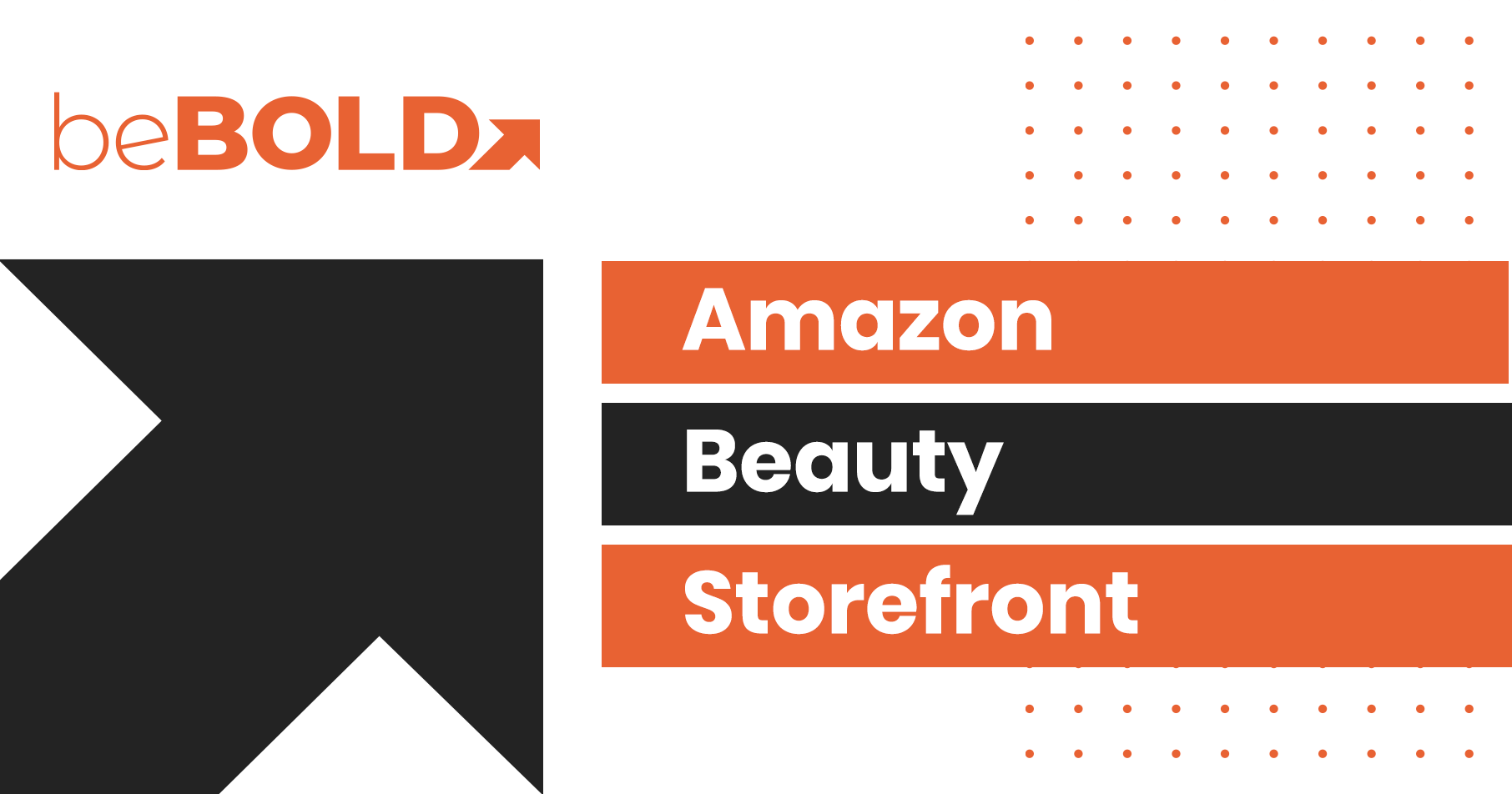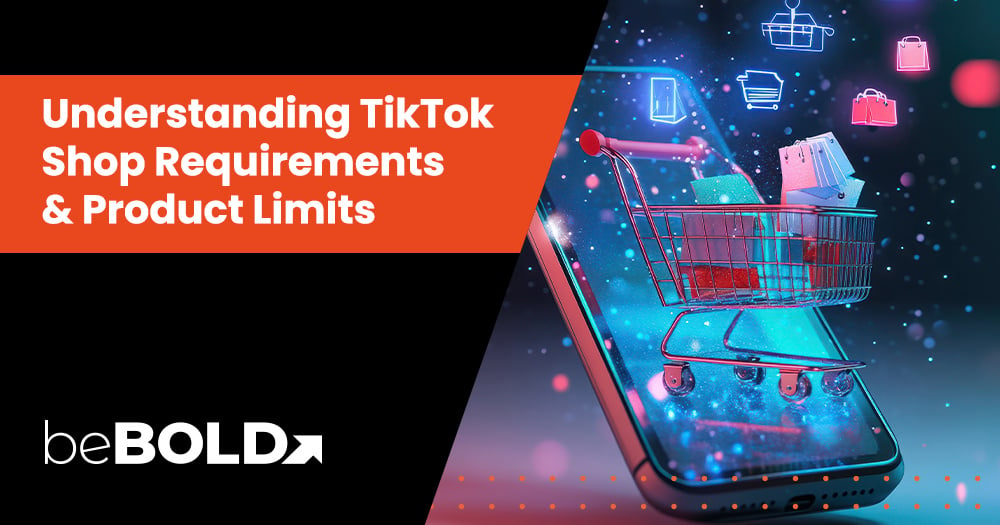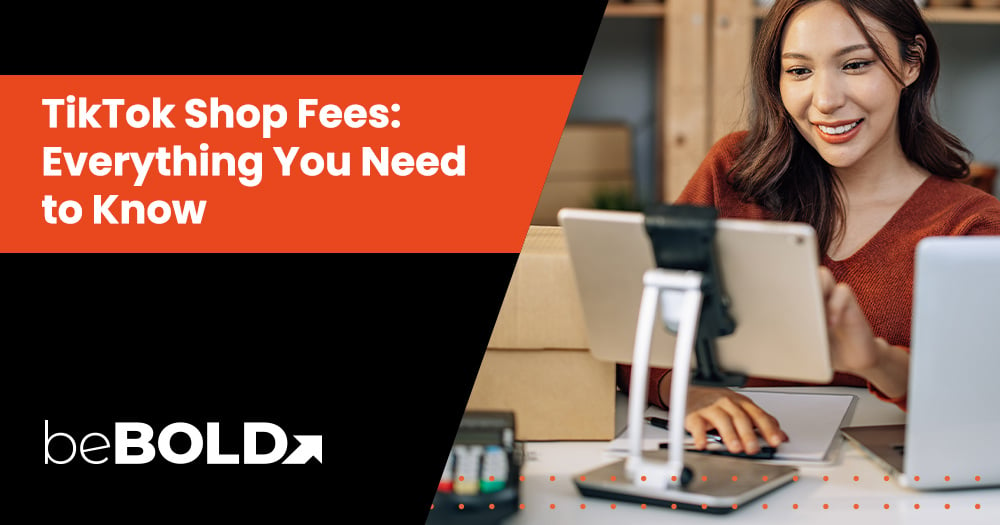Ever wondered how some of the beauty brands succeed while others don’t get the attention they need and deserve? Don’t they offer the same quality of products that others do? Probably. But the primary reason for their success is that they have built a “brand” shoppers trust. Once your brand is established, half of your work is done, then all you have got to do is just bring your products in front of the shopper’s eyes.
One of the best ways to establish your brand on Amazon is by creating Amazon Beauty Storefront. This free, self-service brand-centric tool is quick to set up, easy to benefit from and today, you are going to learn how to.
But don't forget about adding Premium A+ Content as well to also help with your conversion %.
Table of contents
- Q1: What is Amazon Storefront?
- Q2: Who can create Amazon Beauty Storefront?
- Q3: Is it really free?
- Q4: How can customers find my storefront?
- Q5: How can I measure the performance of my store?
- Why should luxe beauty brands create Amazon storefronts?
- When can Amazon Professional and Premium Beauty sellers create a storefront?
Back to basics:
Q1: What is Amazon Storefront?
A: Amazon storefront, also known as brand stores, is a free, DIY tool that allows brand owners to create a multi-page store where they can showcase their product catalog and elevate their brand. It acts as a one shop stop where customers can learn more about your brand and the product selection you have to offer.
Q2: Who can create Amazon Beauty Storefront?
A: Luckily, setting up a brand store isn’t a privilege reserved for big legacy brands. Every Amazon seller enrolled in the brand registry is eligible to create a storefront. Please note that the ASINs associated with your brand should be registered in the brand name as well.
Q3: Is it really free?
A: Technically, yes. Amazon does not charge anything, but you will have to spend some of your marketing dollars in hiring a professional designing firm to create an impactful Amazon storefront. Although Amazon advertises storefronts as a self-service tool, it is not. Just like you will need a team of designing experts and web developers to create a website; similarly, you will need a team of Amazon designing experts to create a storefront. Don’t consider the dollars as spent, instead consider them invested.
Q4: How can customers find my storefront?
A: There was a time when Amazon did not give much importance to brand stores. But now, times have changed. With each passing day, Amazon is making brand stores more and more accessible. Customers can organically find your store by clicking on the brand name located under the title on the product detail page. If a storefront is created for your brand, the customer will be immediately redirected to it.
Your storefront also appears on your competitor’s detail pages. A catchy tagline and brand logo are shown, clicking on which will take the shopper directly to your brand store.
Amazon also links storefront in search. When a brand name is directly searched, a visible link with your brand name will appear. This gives customers the option to go directly to your store page.
Q5: How can I measure the performance of my store?
A: The store insight section allows you to see exactly how much traffic your store has been receiving and how much sales have been generated. To access the store insight section, go to Seller Central > Stores > Manage Stores > See Insights.
Why should luxe beauty brands create Amazon storefronts?
Calling Amazon’s beauty category would be an understatement. Being Amazon’s third fastest-growing category of the year, Amazon Professional Beauty and Amazon Premium Beauty sellers have a hard time being noticed and heard. Creative content tools like Amazon Enhanced Brand Content and Storefronts are among the most effective ways to establish your brand equity and promote shopper loyalty. Here are some of the other benefits that make storefront worth the time and expenses:
#1: Build brand awareness
Because there are already so many name-brands existing in the beauty category, Amazon Retail Beauty sellers can find it difficult to build a brand name from scratch. But when customers visit your store, you get an opportunity to show them your brand’s ethics and principles. They don’t see the other types of products you carry but can also get a chance to know your brand story. This makes it easy for shoppers to trust you and your products.
#2: Increase overall order value
When appropriately designed, a storefront can increase the total order value. This can be achieved when you organize all of your products category wise, just like products arranged on a shelf at a departmental store. Shoppers can find the products they need and when you categorize all the products, they even buy complementary products which they didn’t intend to buy earlier but now are buying just because it came in front of them. When customers navigate or browse on the search result pages or even your own product detail pages, they are diverted several times by your competitors. But the storefront is your place to put your best foot forward and let your products shine.
#3: Improve the effectiveness of your Sponsored Brand Ads
Sponsored Brand Ads and Amazon Seller Storefront are meant to be combined together for maximum effectiveness. One of the landing pages of Sponsored Brand Ads is storefront and this an excellent opportunity for sellers to advertise their complete catalog on page 1 of search result pages. You should definitely test if driving traffic on your storefront performs better than driving traffic on your product detail pages. On second thoughts, you already have Sponsored Product Ads to drive traffic on your detail pages, so why not drive traffic to a place where there is more potential.
When can Amazon Professional and Premium Beauty sellers create a storefront?
Similar to building a website, building a storefront demands time, resources and most importantly, creativity. Although there is no coding required, it isn’t as simple as dragging and dropping modules. To make the most of this free tool, you should hire experts who know Amazon rules as well as have a creative design team.
Sometimes beauty brands struggle to decide whether they should be prioritizing storefront or not; after all, they already have a lot of other things to deal with. If you ask me if it’s worth the hassle or not, then I will definitely recommend. Even if you have one product listed on Amazon and have just started selling, storefront is a valuable investment that will give you dividends for years to come. Don’t let any second thoughts get in your mind.
Of course, before creating storefronts, it is essential that you optimize your product detail pages because stores drive traffic to detail pages. There are times when brands prioritize storefronts before listing optimization is done and this is where they go wrong.
How to make your storefront more effective?
#1: Categorize, Categorize & Categorize
For brands that have a large number of products or different types of products, it is especially important to divide them as per their respective category. This makes it easy for shoppers to navigate and understand what type of products you are selling. For example, if you are selling makeup products, you might want to categorize your products by eyes, lips, etc. This way, shoppers can quickly and easily see different types of products and then find the specific ones they are most interested in.
#2: Add deals and promotions
Amazon allows you to highlight deals and promotions you are currently running. This includes everything from clippable and lightning deals. This tile is especially useful during the tent pole events and holiday season when traffic is believed to be at an all-time high. One of the best benefits of using this module is that any out of stock products are directly removed from the section, so in short, it is a set-it-and-forget-it thing. All you need to do is add this module to your storefront and it automatically adds any new deals and removes any out of stock products. If you are currently not using this module, we would highly recommend you to use this.
#3: Keep your brand store updated
As per Amazon, stores that have been updated within the last 90 days tend to perform better than those that haven’t been updated for a while. If you are selling seasonal products, you might want to update your storefront accordingly. For example, if you are selling clothes and are in the middle of summer, you don’t want your storefront to be highlighting winter clothes. Makes sense? If you are not making changes in your storefront continually, Amazon will assume that it is out of date.
#4: Remove any out of stock items
Nothing frustrates a buyer more than seeing the out of stock label after arriving at the detail page. Make sure none of your out of stock products are highlighted in any of the banners or any of the tiles. Modules like product grid and product tiles automatically remove out of stock products automatically, which is why we love them the most.
#5: Tweak your store design for specific sale days or holidays
The recent Amazon update allows you to schedule specific versions of the store that can be launched on particular dates. For example, you can create stores that Cyber Monday deals and you can launch them on Friday morning. You can also make a store layout to promote your newly launched products or deals. With this feature, you can also customize your images, videos, texts and graphics as per the theme of your brand store.
#6: Get inspired from other brands in your category
Most of the beauty sellers already have a fully-fledged storefront created. Check out their storefronts, listing images and A+ Content to get some storefront inspo. Take notes on the aspects you want to include in your storefront and identify what made your experience easier or difficult. By looking at a competitor’s storefront, you can include all the good elements of their store in your store and stay away from all the mistakes they made or are still making.
#7: Use source to leverage external traffic
Storefronts are the best landing page for external traffic and you can use source tags to track the traffic. These source tags use URL parameters to determine where the traffic is coming from your storefront. This is especially useful when you are working with influencers because you can exactly identify how many people were influenced. To create a source tag, click on Manage Stores > See Insights > Create Source Tags. Under “destination page,” select the store page for which you want to create a custom URL and then you can create your tag name.
Final thoughts
By leveraging Amazon storefront, Amazon Luxury Beauty sellers can convey their brand story more effectively and provide a rich shopping experience that engages customers. If you haven’t yet thought about investing in Amazon storefronts, now is the right time. But don’t try and do it all by yourself. Partnering with expert Amazon Beauty Consultants from beBOLD allows you to make the most of this tool. Contact Us now!







Comments